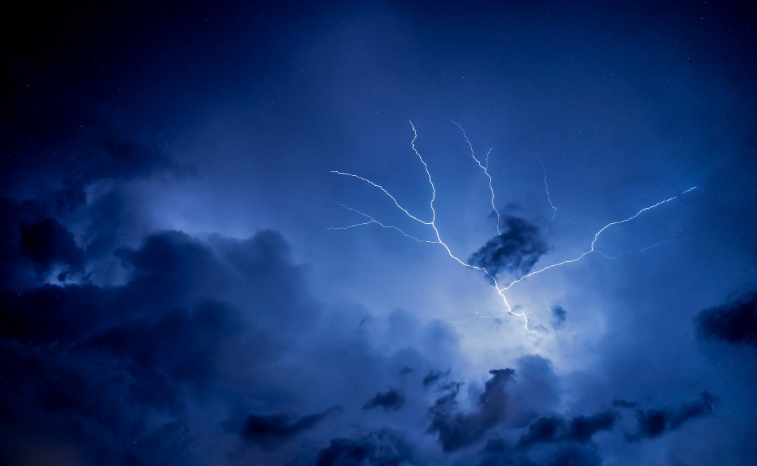Earth’s sister planet – Hello Venus!

The discovery of Venus is certainly prehistoric, although at that time people did not know about the planets. The first records of the observation of Venus come from Babylon.
Venus and Earth are twins
Venus is Earth’s twin sister. They look really similar from afar.
Both planets are the same size (Venus is only slightly smaller in diameter, the difference is only about 650 kilometers) and smaller mass (81.5% smaller) and have a similar density, gravity, etc. After all, they formed very close to each other, from of similar material.
But that’s where all the similarities end, and in terms of other characteristics, Venus and Earth are completely different planets. Therefore:
Venus and Earth are not twins
Venus is hot. Its surface temperature rises to over 460 degrees and is actually hotter than Mercury, although it is much closer to the Sun.
Venus’ atmosphere is made up of carbon dioxide (96.5%), which is an element of the greenhouse (that’s why it’s so warm on Venus). Besides, that atmosphere is so thick that it creates unbearable pressure on the ground.
And it’s poisonous. If you suddenly found yourself on the surface of Venus you would be poisoned, flattened and fried. In that or some different order for sure.
Venus casts a shadow
After the Sun and the Moon, Venus is the brightest celestial body. Its magnitude, depending on the distance from the Earth, ranges from -3.8 to 4.6. When it approaches us, it can shine so much that on a dark night, without the moon, it casts the shadow of an object on the ground.
Hellish atmosphere
The first association with Venus of those who know it at least a little is its powerful atmosphere. That atmosphere is completely different from ours, earthly.

Its mass is as much as 92 times larger than the Earth’s atmosphere. In addition, clouds of sulfur dioxide float in the sky of Venus, pouring a rain of sulfuric acid. After all, the surface of Venus is a scarier place than biblical hell.
Due to this nature, Venus cannot have liquid water on its surface, not even life. However, there is a theory, on the edge of science fiction, that in the upper layers of the atmosphere of Venus, the conditions are relatively suitable for some kind of life, but it is still unlikely.
Rotates backwards
Well, this is interesting. Venus rotates opposite to all other planets. And it works very slowly.
While Venus revolves around its axis once, the Earth does it 243 times. Venus Day lasts like eight of our months.
Venus goes through phases
Venus goes through phases. They are very difficult to see with the naked eye, but if you observe Venus through a telescope, you will notice that it goes through phases like our Moon.
The phases were first seen by Gaul with a telescope in 1610, and it was an important event in the history of science because it was another in a series of evidence in favor of heliocentrism.
It is interesting that Venus is brightest when its night side is turned to us. This is because it is then the closest to us, i.e., it has the largest angular diameter.
Venus has few craters
There are very few craters on the surface of Venus because its powerful volcanoes constantly reshape the relief and cover old scars.
The nearest planet
Of all the planets, Venus is closest to Earth (40 million kilometers, which is about 1,000 distances from the Earth).

